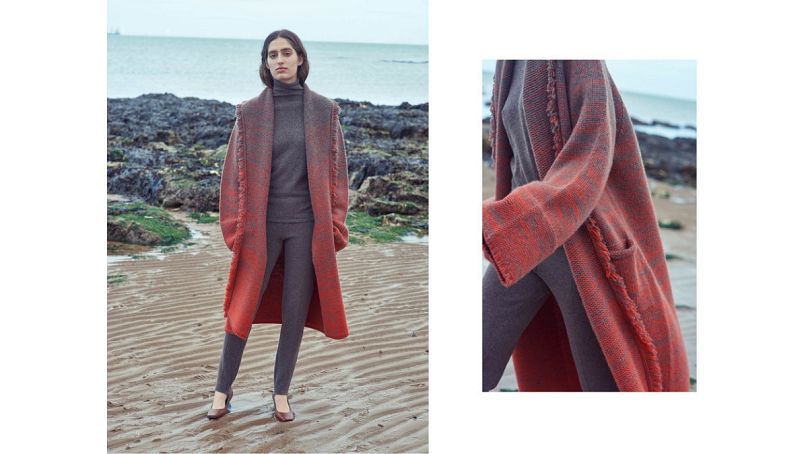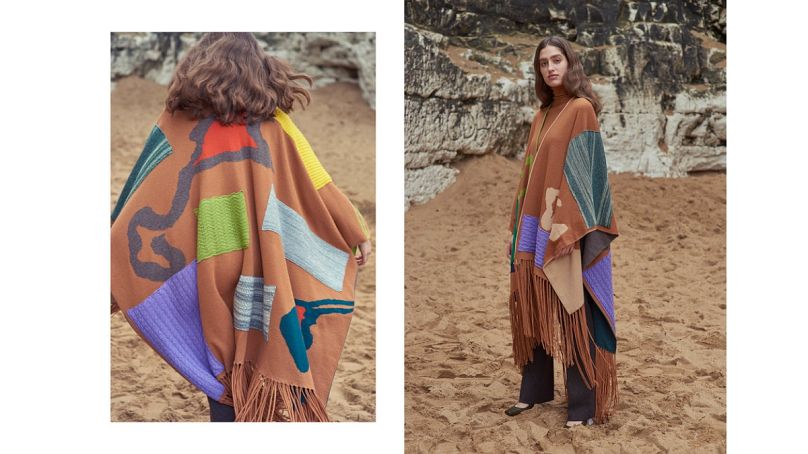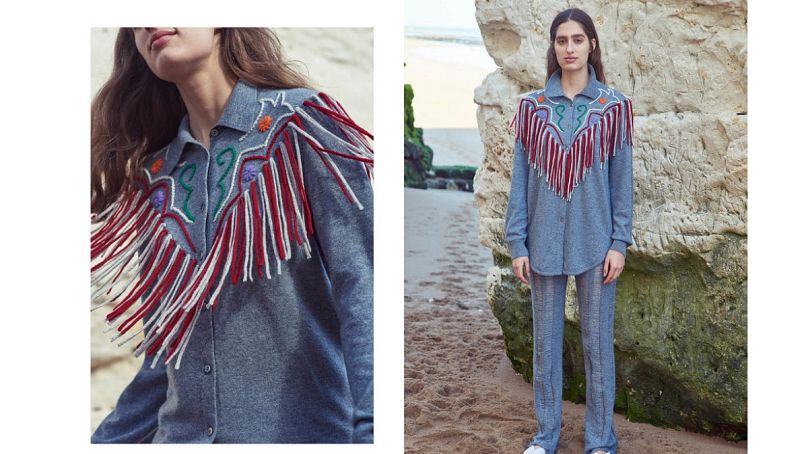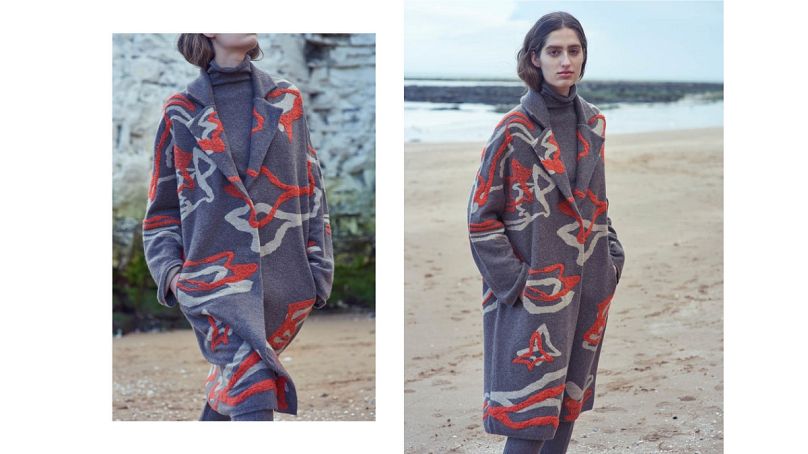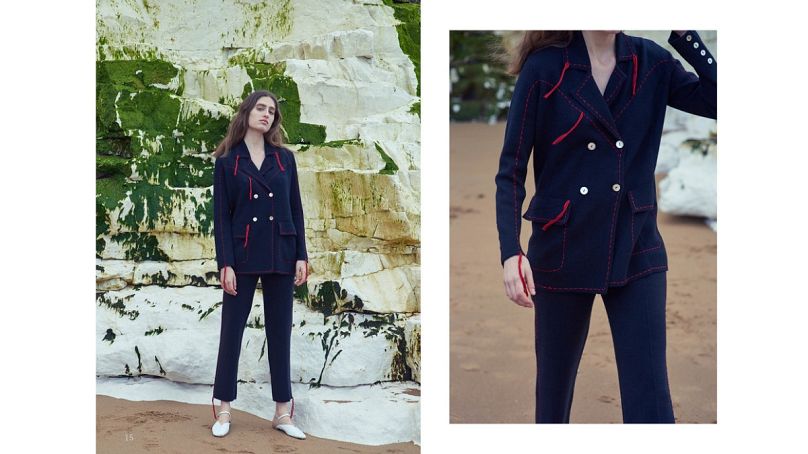The Mongolian cashmere label with sustainability at its core.
Born in Mongolia and based in London, Mandkhai Jargalsaikhan combines Asian craftsmanship with a western fashion aesthetic to create unique, authentic collections that reflect who she is and where she’s from.
“I wanted to prove that it was possible for a London fashion label to consider the environment while creating contemporary clothes that people actually want to wear in the city,” she says.
Her collections are made using the finest cashmere sourced from free-roaming goats that live in harmony with nomadic herders in the Mongolian mountains. Harsh weather conditions mean that they produce an extra layer of wool underneath their top coat - a little-known secret and the key to MANDKHAI’s supremely soft creations.
Sustainable fabric
“Sustainable fabric sourcing felt easy,” she says. “The goats are happy and therefore they produce the highest quality wool. Cashmere is a natural fibre and any waste that we accumulate during production is used to make other products.”
With such high quality material at her fingertips, it seemed only right for the clothes to be made in her home country despite being designed in London. “Each item that I create feels like a piece of Mongolia and a piece of nature,” she says.
Jargalsaikhan is in complete control of the supply chain and everything is made in her parents’ factory. It was the first business to open in post-Communist Mongolia and it continues to run successfully today. MANDKHAI’s designs make up just a fraction of what its skilled artisans produce and factory employees comprise over 200 people from the local community. Seventy percent of workers are women and all receive relevant training and mentorship. It’s a chance for locals to perfect skills that they might not otherwise learn.
Fairly paid freelance opportunities
Everyone is fairly paid and freelance opportunities are available when MANDKHAI’s collections require special attention. The hand-embroidery on AW18’s funnel-neck sweaters, for example, was something that prescribed specific on-site training.
This connection with her parents’ business will forever remain important to Jargalsaikhan; “Mongolia is where my drive and passion for business started so the roots of my work will always be there,” she says.
She believes in transparency and she hopes that her openness will educate and inspire both consumers and new designers to pursue and invest in similarly sustainable processes. “[Sustainability] should not be an option for small brands anymore but a starting point,” she says. “Consumers are becoming ever-more curious about the clothes that they buy and where they are made. I think more people are looking to businesses who they know they can trust, and that’s usually smaller, more personable brands as opposed to global fast fashion labels.”
She puts this shift down to an increasing awareness of the industry’s harmful effects on the environment and uses it to drive her passion and fuel her motives. “The effects of climate change are so visible now. The dramatic change in weather, droughts and shortage of natural resources are things that can’t be ignored. It has created a sense of urgency,” she says. “Any designer starting out now should be thinking about sustainability within their processes.”
Words: Sarah Leigh Bannerman












